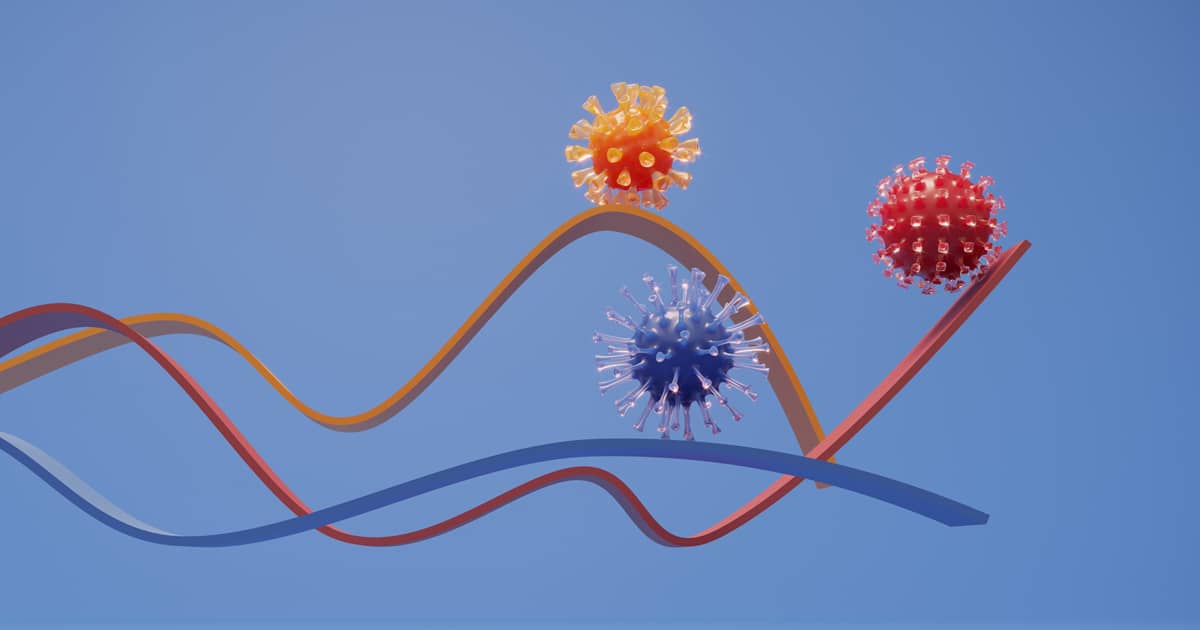Of the most common STDs, HIV is one that might still send shivers down people’s spines. Not only is there no effective cure for this sexually infected disease, it can also develop into a lifelong condition that renders a person helpless and severely impaired. As most people already know, if left untreated, HIV can get to its most severe stage, AIDS. AIDS attacks a person’s immune system, weakening the body’s ability to combat infections. Even seemingly normal illnesses such as flu can develop into pneumonia in people suffering from AIDS.
We have always encouraged everyone to practice safer sex, because people who suffer from STDs are actually more prone to getting HIV. According to the Centers for Disease Control and Prevention (CDC), a person who is infected with an STD may be at a heightened risk of contracting HIV.
How STDs Can Increase the Risk of HIV Infection
HIV and other STDs spread can be both spread through, among other ways, sexual contact like vaginal, anal sex and oral sex (although more rare in the case of HIV) with an already-infected person. However, in what ways can having an existing STD increase the chances of HIV infections?
STDs/STIs causes changes in the cell lining of the vagina, penis, rectum, or mouth. These changes facilitate the transmission of HIV. Several STDs can also cause lesions on the skin. These lesions make it easier for the virus to enter the body. These lesion-causing STDs are also known as ulcerative STDs. Ulcerative STDs lead to the breaks in or on the skin or organ surfaces of the body.
Examples of ulcerative STDs include syphilis, genital herpes and chancroid. The existence of an STD ulcer can make way for the virus to directly enter the bloodstream. This is why ulcerative STDs amplify the risk of getting HIV by 10 to 300 times per exposure. The term “per exposure” means each time a person engages in sexual intercourse with an infected individual.
STDs can also cause inflammation. Inflammation is closely associated with the immune system since inflammations are triggered by your immune system. Due to the fact that HIV infects immune cells, diseases that cause a surge in these cells also helps the transmission of HIV. This occurrence is more often discovered in non-ulcerative STDs such as gonorrhea, chlamydia and trichomoniasis.
A person simultaneously suffering from both HIV and other STDs is three to five times more infectious and thus more likely to pass it on. Transmission is even likelier when HIV-positive people have genital ulcers or urethritis. However, it is also to note that transmission is less likely for HIV-positive people who have been taking treatment and have undetectable viral loads.
STDs That Are More Likely To Increase Risk of HIV Infection
Having particular STDs such as syphilis, gonorrhea and herpes puts someone at more risk of contracting HIV.
Syphilis
According to data from CDC, in 2010, in Florida, 42% people who had syphilis were also HIV-positive. Syphilis usually starts with a person developing a small and painless sore on the part of the body where the bacteria gets in. These small sores are referred to as chancres. After several weeks, these sores begin to heal and are replaced by secondary syphilis symptoms, which are rashes that may spread to the whole body (including the palms of hands and the soles of feet). Since syphilis causes inflammation and sores, this STD definitely creates an environment more ideal for HIV to be transmitted. There is a meta-analysis conducted in 2020 that discovered that HIV transmission doubles in people with syphilis than people who do not suffer from syphilis.
Herpes
Herpes is another STD closely linked to HIV. It is believed that people infected with HSV-2 are 3 times more prone to getting HIV. HSV-2, as we know, mostly causes the majority of genital herpes. An ulcerative STD, herpes is incurable. People with herpes will have the virus for life and experience occasional herpes outbreak when stressed and tired, exposed to sunlight or during a period (for women). Because of these recurring outbreaks that cause blisters and sores which facilitate the transmission of HIV. When a person develops sores, it is only natural for the immune system to try to heal them. That being said, these immune cells are then concentrated on site of where these sores occur. Since HIV prefers to infect immune cells, these cells around the sores may get infected, and increasing the chances of HIV being transmitted to another person through sexual intercourse with the sores present. To say that having both HIV and herpes is troublesome would be an understatement.
Gonorrhea
Being one of the most common STDs, it is true that gonorrhea can clear up with the help of antibiotics. This sexual disease usually attacks the urethra, throat, rectum and cervix (in women). Gonorrhea is classified as a non-ulcerative STD and common symptoms revolve around painful urination, pus-like discharge, swelling or pain in testicles and vaginal bleeding. In some cases, gonorrhea also includes itching and soreness in the anus. According to the CDC, compared to chlamydia, gonorrhea is more closely linked to HIV. Since STDs may cause inflammations and immune cells will multiply and be concentrated on the infected area to fight the inflammations, HIV may infect these cells.
Getting STD testing regularly is a imperative for those who are sexually active, even when practicing safer sex. Shim Clinic is a STD clinic in Singapore where you can get the full update of your sexual health status. If you feel like you are at an elevated risk for HIV, we carry prevention methods such as HIV PrEP. Pre-exposure prophylaxis (PrEP) is HIV-prevention medicine taken by people who are at risk for HIV. When consumed as prescribed, HIV PrEP is effective at preventing HIV transmission by about 99%. We also provide HIV PEP, this treatment works best when taken within 72 hours after a possible exposure to HIV to prevent an infection from setting in

